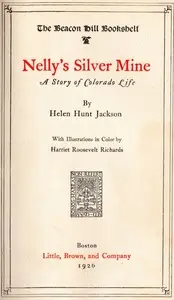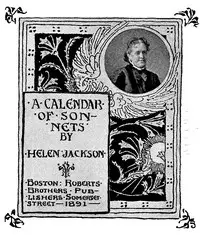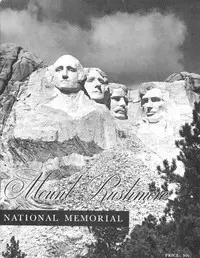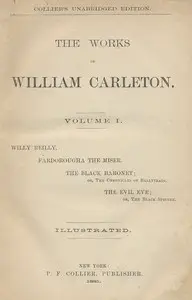"Ramona" by Helen Hunt Jackson is a historical novel set in 19th-century Southern California that introduces Ramona, a young woman living on the Moreno ranch, owned by the imposing Senora Moreno. The story examines themes of identity, cultural heritage, and personal conflict as it unveils life on the ranch, the importance of tradition, and hints at the arrival of change driven by American expansion. Ramona's search for her true origins and the shadows of her mysterious past, coupled with the dynamics between Senora Moreno, her son Felipe, and the head shepherd Juan Canito, all start to highlight the intricate web of relationships and increasing societal tensions. The narrative promises an exploration into Ramona's place and struggle in a swiftly changing world.

Ramona
By Helen Hunt Jackson
Amidst the backdrop of a changing Southern California, a young woman's quest to know her heritage is revealed while cultural shadows rise.
Summary
About the AuthorHelen Hunt Jackson was an American poet and writer who became an activist on behalf of improved treatment of Native Americans by the United States government. She described the adverse effects of government actions in her history A Century of Dishonor (1881). Her popular novel Ramona (1884) dramatized the federal government's mistreatment of Native Americans in Southern California after the Mexican–American War and attracted considerable attention to her cause. Commercially successful, it was estimated to have been reprinted 300 times, with readers liking its romantic and picturesque qualities more than its political content. The novel was so popular that it attracted many tourists to Southern California who wanted to see places from the book.
Helen Hunt Jackson was an American poet and writer who became an activist on behalf of improved treatment of Native Americans by the United States government. She described the adverse effects of government actions in her history A Century of Dishonor (1881). Her popular novel Ramona (1884) dramatized the federal government's mistreatment of Native Americans in Southern California after the Mexican–American War and attracted considerable attention to her cause. Commercially successful, it was estimated to have been reprinted 300 times, with readers liking its romantic and picturesque qualities more than its political content. The novel was so popular that it attracted many tourists to Southern California who wanted to see places from the book.


















